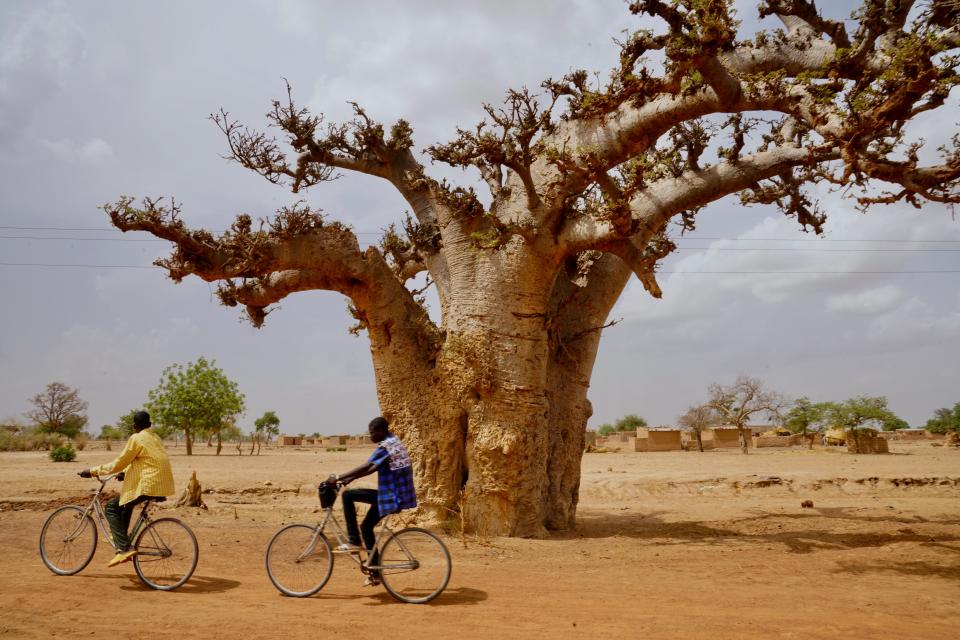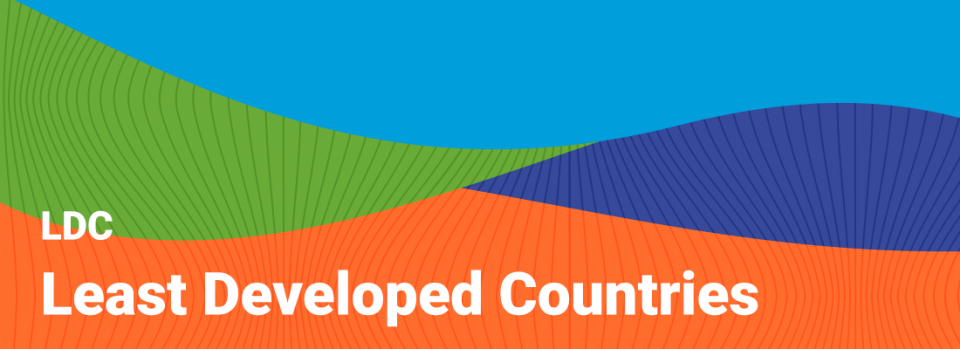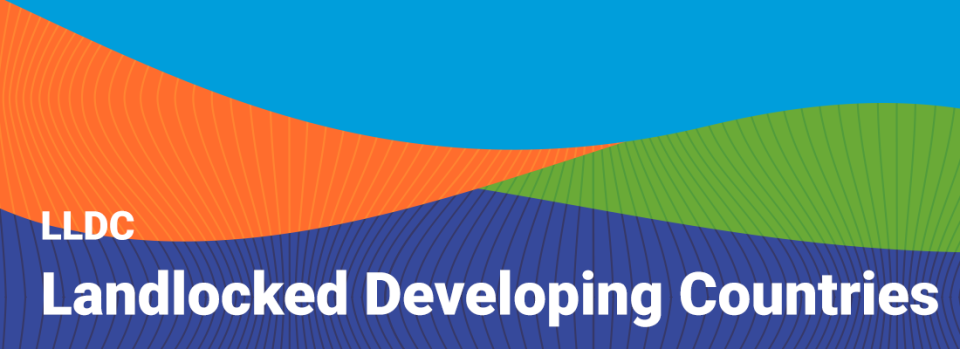Our Mandate

Photo: Two cyclists ride by a baobab tree in rural Northern Burkina Faso. UNOCHA/Giles Clarke.
The Office of the High Representative for the Least Developed Countries, Landlocked Developing Countries and Small Island Developing States (UN-OHRLLS) was established by the United Nations General Assembly in 2001 through resolution 56/227 with detailed functions outlined by the Secretary-General’s report A/56/645.
The Office of the High Representative
- Assists the Secretary-General in mobilizing and coordinating the United Nations system, in the implementation, follow-up and monitoring of the Programme of Action for the Least Developed Countries at the country, regional and global levels;
- Provides support to the Economic and Social Council and the General Assembly in assessing progress and in conducting the annual review of the implementation of the Programme of Action;
- Supports the coordinated follow-up of the implementation of the programmes of action for Landlocked Developing Countries and Small Island Developing States;
- Advocates in favour of the Least Developed Countries, Landlocked Developing Countries and Small Island Developing States in partnership with the United Nations system as well as with: civil society, media, academia and foundations;
- Assists in mobilizing international support and resources for the implementation of the Programme of Action for the Least Developed Countries Landlocked Developing Countries and Small Island Developing States;
- Supports group consultations of Least Developed Countries, Landlocked Developing Countries and Small Island Developing States.
Programmes of Action
Each group of countries — Least Developed Countries, Landlocked Developing Countries and Small Island Developing States — has its own Programme of Action which guides the development work of countries, states, their partners, UN-OHRLLS and our stakeholders. Every 10 years each Programme is reviewed to reflect current development trends and the goals of each group for the next decade.







